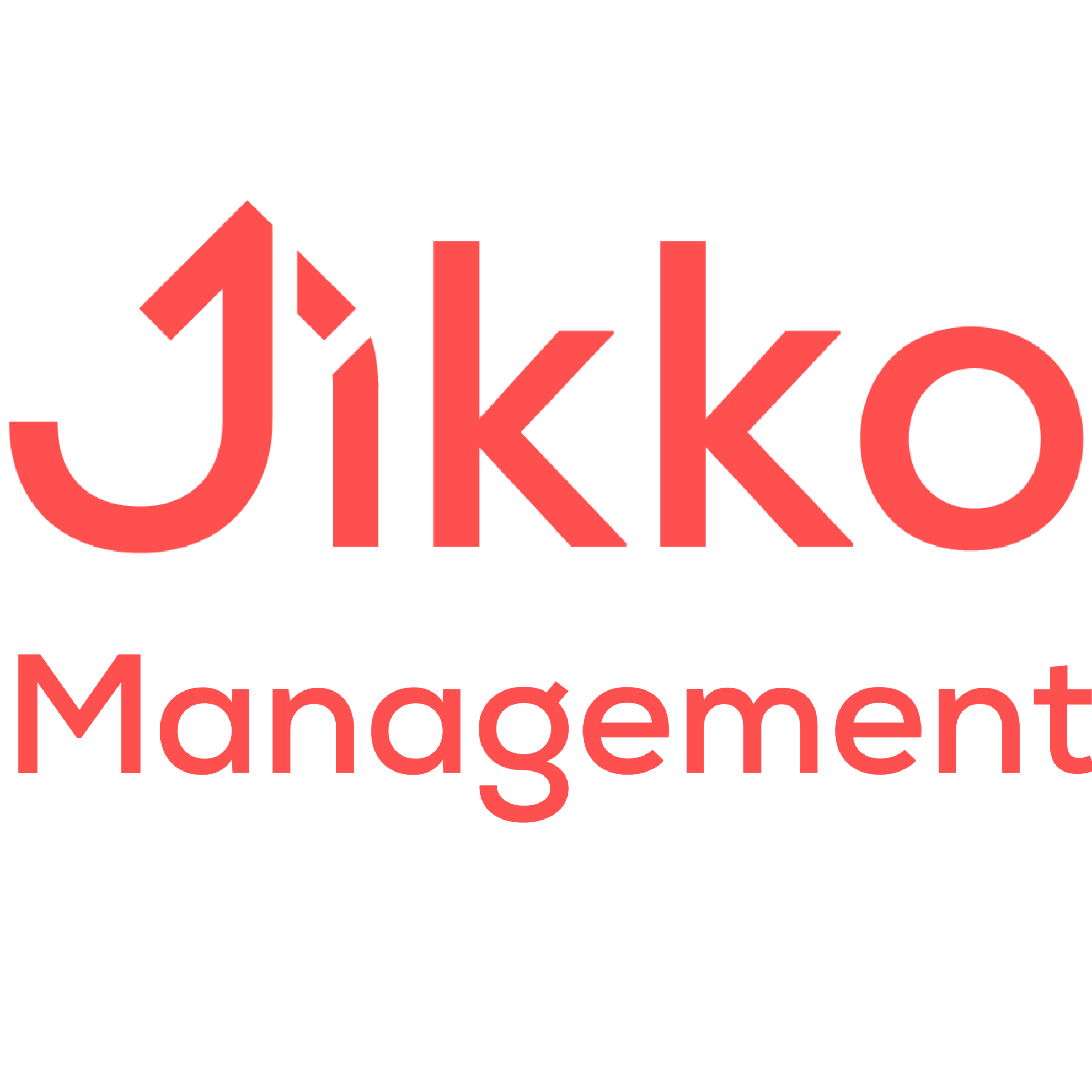2. Materials
JIKKO offers a comprehensive Materials Management System, simplifying the creation, tracking, and traceability in inventory management. This solution optimizes material handling processes to ensure efficient operations.
José Miguel Salazar Dávila
Last Update un anno fa
To create a new material within JIKKO, you must access the "Materials" section in the "Inventory Management" module from the left sidebar. There, you will find a list of all materials previously created, and you simply need to click on the "Add Material" button.

Next, the form shown in the image will open. You need to enter the material number, its description, its unit of measure, and indicate its type, category, and subcategory, if necessary. You can also enable or disable batch management according to your specific needs. On the other hand, it is important to configure the maximum and safety stock levels, the minimum order quantity, the units of measure, and the unit cost of the material. Finally, you can attach an image to easily identify it, define its dimensions, and specify the characteristics of its packaging.

In the "Materials" section, you will be able to view all available materials. For each one, its identification number, description, corresponding category, and available quantity will be displayed. To access its detail page, click on the view icon located to the left of each one.
To locate a specific material, you can choose to perform a manual search or use the search bar located at the top for a quicker and more efficient search.

Once you're in the material detail page, you'll be able to see all the information that was configured for it, and you can edit these parameters or delete the material permanently.

On the other hand, at the bottom of the page, you'll find the existing batches of the material, in case this option is enabled. For each batch, information related to its identification number, the production order it was manufactured with, the remaining and dispatched quantity, the specific location and buffer it's in, and finally, its current status will be displayed.
You can also edit the origin or manufacturing information of the batch using the pencil icon, ensuring complete traceability of the material. In this section, you have the option to:
- Modify or add the suppliers' ID and the manufacturing date of the material to identify its origin.
- Adjust the expiration date, which is especially important for perishable materials.
- Update both the actual total cost and the actual unit cost.

On the other hand, you can generate and print QR codes to physically track and reference batches, if necessary. These codes can be scanned using the QR reader in the top bar of JIKKO. By scanning them, you can quickly view basic information about the batch.

Special Cases
Batch Management
A batch is defined as a specific quantity of material that shares similar characteristics and can be managed as a single unit in a production or storage environment. These units may have the same manufacturing date, undergone similar processing, require specific storage conditions, or other common criteria that justify their grouping and joint management.
This option will be automatically enabled and mandatory for all finished and semi-finished materials, while for raw materials and consumables, it can be activated or deactivated as needed. This practice allows for a more detailed tracking of production and improves efficiency in material distribution.
To activate or deactivate this option, you can select the "Batch Management" checkbox in the material creation or editing form.
Material Batch Status
In the list of batches, you will see on the right side of each one its status, indicating its current condition. Typically, the status will be "In stock," but you can manually change it to "Quarantine," "Blocked," or "Obsolete". These statuses will block the batches of material, preventing their use and consumption in production. The "Release Batch" button will allow you to remove these restrictions. To view these options, simply click on the box indicating the status.
It is important to highlight that batches of material can automatically transition to the "Quarantine" state when a quality inspection assigned to them is rejected, or they can automatically transition to the "Blocked" state when a quality inspection assigned to them is deferred.
Batch Status Traceability
Another functionality available from the batch status window is its traceability. To access it, click on the icon next to the "last modification" text, as shown in the image. Here, you can view the date and time of the last modification made to the batch status, the name of the author, the reason for the modification, and the previous status of the modified batch.


Tools
Within JIKKO, one of the existing types of materials is tools, which encompass all the elements necessary to carry out operations in production but are not part of the final product. The system allows for analysis and tracking of the lifecycle of these elements in order to plan maintenance, ensure safety, comply with regulations, and address other relevant aspects.
To add this detail, select the "Tool" type in the material creation form. Then, in the editing form or on the detail page, you will find the icon shown below.

By clicking on this button from the editing form, you'll be able to assign a lifecycle time and its corresponding unit.

Also, from the material detail page, you'll be able to view the expected lifecycle and the average obtained.


